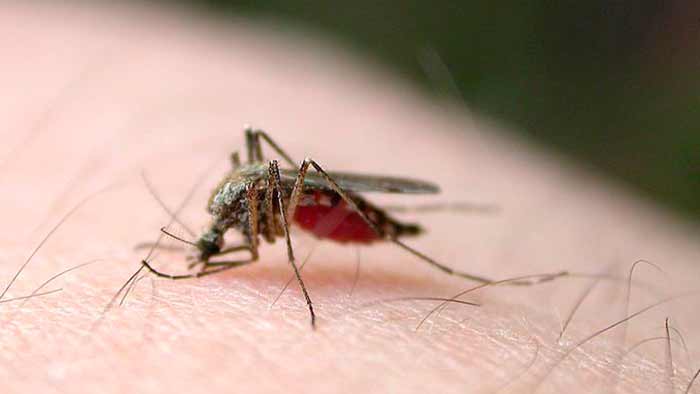The arrival of summer is not only marked by heat, but also by the emergence of viruses, such as Chikungunya, transmitted by infected females of the Aedes Aegypti mosquito through bites. This is because the season is preferred by viruses, due to two main conditions: pleasant weather, which invites people to go out more and socialize; and the humidity which, combined with the extra degrees, makes the perfect setting for viral transmissions. As a result of viruses, rheumatic conditions occur.
Both viral and bacterial infections cause rheumatological manifestations, as warned by rheumatologist André Lyrio, specialist in arthritis and member of the Sociedade Paulista de Reumatologia (SPR). Among the viral infections, the best known is Chikungunya, which can lead to an inflammatory process in the joints.
“Infection with the virus comes and, soon after, while the infectious process is still ongoing, joint inflammation appears. Generally, several joints are affected at the same time and this joint manifestation can last weeks, months and, eventually, even years. In Chikungunya, it generally lasts six months, but it can last for up to two years or become chronic”, highlights the doctor.
Other viruses also cause arthritis
According to Lyrio, there are other viruses capable of causing this condition of pain and arthritis, although less frequently. Dengue and influenza (yes, the flu!) are also common in the summer and can lead to rheumatic inflammation as a result of the viral process. In addition to these, it is also worth considering chronic viral infections, such as hepatitis C and HIV. “There is a very important correlation between infection and joint pain. Who will have this? The patient is genetically predisposed, increasing the risk of a cross-reaction between the infection and the joint. Thus, the body understands that this joint is similar to the virus and attacks”, explains the rheumatologist.
There is treatment
To diagnose this condition, a clinical analysis is necessary: assuming that there is already an infection, doctors diagnose the joint condition as secondary to the viral condition. Eventually, inflammation tests can be carried out to quantify the size of this manifestation and monitor the response to treatment.
“This treatment is generally carried out with anti-inflammatory medications, depending on the infection and together with it, to eradicate or contain the infectious process. Sometimes, other medications may be needed, such as glucocorticoids or immunomodulators”, concludes the SPR specialist.






